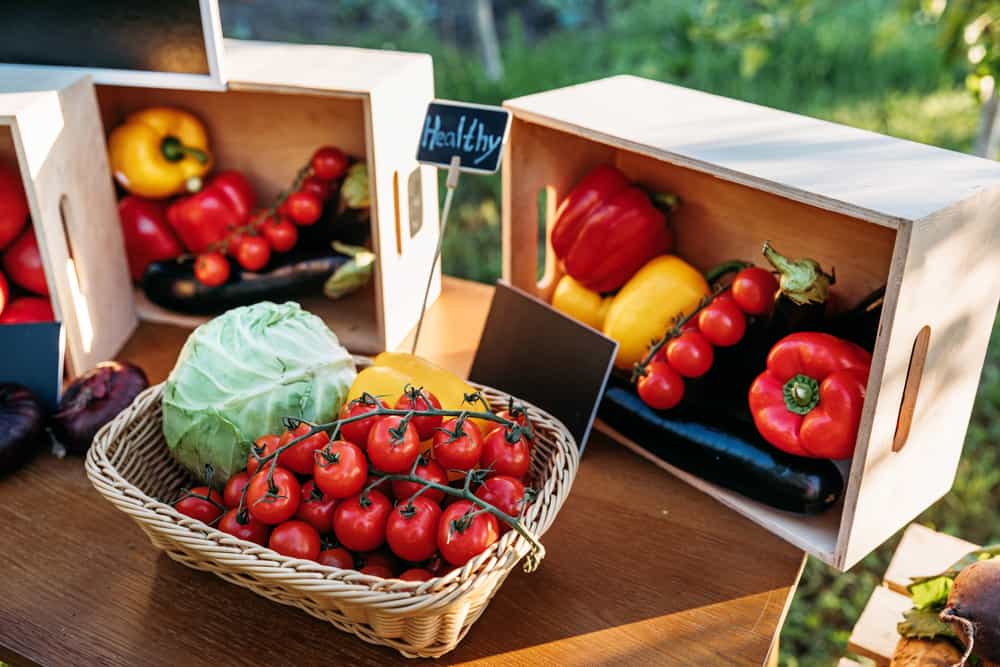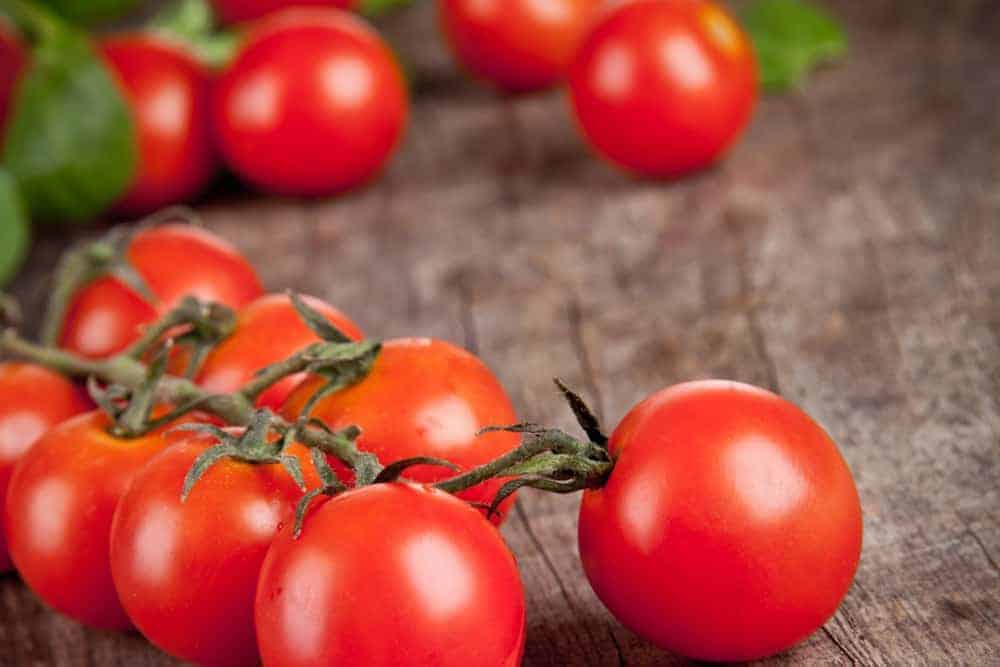In midsummer it’s exciting to see that first bright red, ripe tomato dangling off of its vine or pick and eat the first zucchini. At first, you relish in your harvest and your neighbors love your homegrown gifts. However, by late summer it’s a different story — you’re up to your ears in tomatoes, cucumbers, and zucchini and neighbors are starting to run away when they see you.

You certainly don’t want any of the delicious, picked-at-its best produce to go to waste, but it can be challenging to use up your overabundance of vegetables. Fortunately, there are plenty of ways to make your summer’s labor last for months and even save you money. Many items commonly grown in backyard gardens lend themselves well to canning (not as hard as it may sound) or preparing and freezing. The resulting foods can then not only be savored for months, perhaps helping to cut your grocery bill a bit but also making great gifts come holiday time.
Everyone’s garden is different and not all vegetables produce bumper crops. For this story, I’ve narrowed it down to the most commonly grown vegetables that tend to be voluminous producers.
Tomato recipes

Probably the most popular for backyard gardeners, tomatoes are delicious right off the vine. I love taking a bite and feeling the warm juice drip down my hands. But, pretty soon you find yourself surrounded by little, red, shiny globes of yumminess. One of the best ways to preserve tomatoes is to turn the into sauce that you can use to prepare comforting meals all winter.
Here is a great how-to for basic fresh tomato sauce. There are also directions for canning and freezing.
A few notes: if you choose canning, note that you can easily sterilize your jars and lids with a quick run through the dishwasher. If you choose freezing, consider using a vacuum sealer to prolong the life of your sauce. You can learn more about vacuum sealers here. This basic sauce can be used to make homemade pizza, spaghetti sauce, lasagna or anything else that calls for tomato sauce.
Fresh tomato soup is a simple way to preserve that fresh summer flavor. This can be stored in the freezer in individual serving sizes and brought out on a cold winter day for a nice, warming lunch.
This caramelized onion and tomato tart is a great way to also use up extra onions if you happen to have any. These can made as large tarts and frozen for a quick, midweek dinner or turned into smaller tarts for perfect ready-to-reheat appetizers. You can also make your own crust or simply use store-bought.
To change things up a bit, you could also try green tomato relish. Its a nice change of pace from traditional relish and makes a great gift.
If you want to even more tomato recipes, explore this guide on how to make the most of your summer tomatoes.

Cucumber recipes
I think cucumbers are one of the easiest things to grow, but once they start flourishing, you’ll find yourself suddenly inundated by them. Because of their water content, they don’t lend themselves well to freezing as is, and traditionally they are not cooked. But they can be made into an assortment of flavorful pickles and relishes that can be canned or frozen to enjoy later.
This recipe for crisp cucumber freezer pickles couldn’t be any easier. Plus, I love that it includes peppers and onions to give it more flavor. If you prefer a more traditional pickle, try these easy freezer pickles or these freezer cucumber pickles. Each of these say to freeze for up to 6 weeks, but as long as you pack them well (like with a vacuum sealer), they’ll last longer.
If you prefer old-fashioned canning, or perhaps want to give food gifts this holiday season, these dill pickles could fit the bill. For those with more of a sweet tooth, you can also can homemade sweet pickles for yourself or for gifts.
Relish is an alternative to pickles and can be made in a variety of ways. Here is your basic, sweet pickle relish like you find at the grocery store. Or if you want to spice things up a bit, and perhaps use up some green peppers too, try this cucumber pepper relish.
The good thing about all of these recipes is that you can use your own regular, garden cucumbers. No need for special pickling cucumbers.

Photo: Deposit Photos
Zucchini recipes
This is another plant that produces well for gardeners. You could also go the relish route and make sweet zucchini relish.
Of course, baking is always a delicious way to enjoy this summer veggie and baked goods freeze wonderfully. Try this all-star zucchini bread. Make large loaves and freeze them or make it into mini-loaves, perfect gifts for teachers, neighbors, the mailman, and more. When it comes time to thaw and eat the bread, try this kicked up idea: spread a thin layer of butter on a slice and “grill” it in a medium-hot skillet on the stove. Serve the warm, golden slice with a scoop of vanilla ice cream.
For a more tropical version, whip up this zucchini pineapple bread. Read the reviews to get several tips on ways to change it up a bit, too. If you prefer muffins, you might like these chocolate-chip zucchini muffins. You can freeze them after baking and pull out one whenever you’re in the mood. You could also try swapping out the chocolate chips for blueberries if you like.
You can also start the day with a zucchini-filled meal. These zucchini pancakes can be eaten fresh of course, but you can also freeze them layered between waxed paper. Then for a quick breakfast, pull out as many as you need and heat them in the toaster or microwave. Yum.
If you choose the baking route, but don’t want to bake now, in the heat of the summer, you can freeze grated zucchini to use later for baking. My colleague Alice Henneman suggests the following method of steam blanching to prepare for freezing: Use a pot with a tight lid and a basket that holds the food at least three inches above the bottom of the pot. Put an inch or two of water in the pot and bring the water to a boil. Put the vegetables in the basket in a single layer so that steam reaches all parts quickly. Cover the pot and keep heat high. Start counting steaming time as soon as the lid is on.
Looking for even more zucchini recipes? Check out these ideas for what to do with tasty and abundant zucchini.
Now you can look forward to reaping the rewards of your garden instead of dreading drowning in too many ready-to-be-used vegetables.
If you liked this article, you might also like:
